The jungle, a veritable crucible of nature’s wonders, is filled with creatures that rival even the most imaginative comic book heroes. Far from the classic predators and prey dynamics, these animals are equipped with extraordinary adaptations that defy our expectations. Within the lush canopy and hidden understory, they deploy superpowers that range from deceptive mimicry to awe-inspiring strength. In this exploration, we’ll uncover the hidden talents of thirteen remarkable jungle inhabitants, each equipped with abilities that might make you rethink what it means to be “wild.”
1. The Electric Eel’s High-Voltage Defense
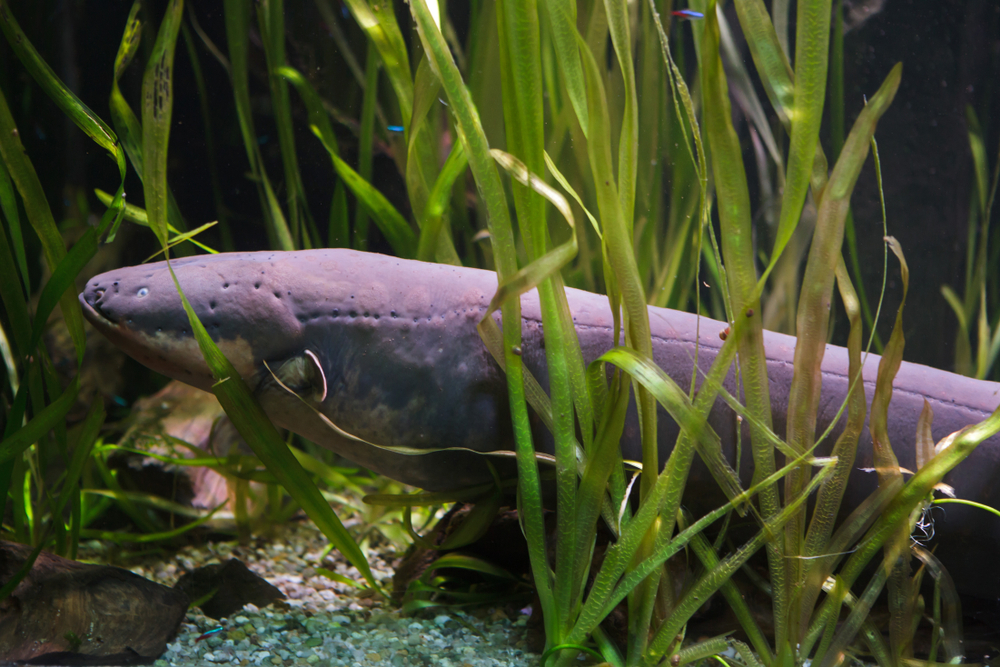
The electric eel, a resident of the murky Amazon waters, possesses a shocking ability that sounds like something out of a superhero’s toolkit. It generates electricity, a feat made possible by specialized cells called electrocytes. These cells discharge simultaneously, creating an electric field strong enough to stun prey and deter predators. Incredibly, the electric eel can produce a jolt of up to 600 volts, enough to light up a small city.
According to a study published in the journal *Science*, the electric eel’s high-voltage pulses not only serve as a defense mechanism but also act as a communication tool within its aquatic community. This multifaceted use of electricity highlights the complex social structures and survival strategies of jungle inhabitants. Researchers have found that the eel’s electrical displays can convey signals to other eels, warning them of potential threats or signaling reproductive readiness. Such findings continue to fascinate and inspire scientists studying animal behavior and adaptation.
2. The Tarsier’s Night Vision Mastery
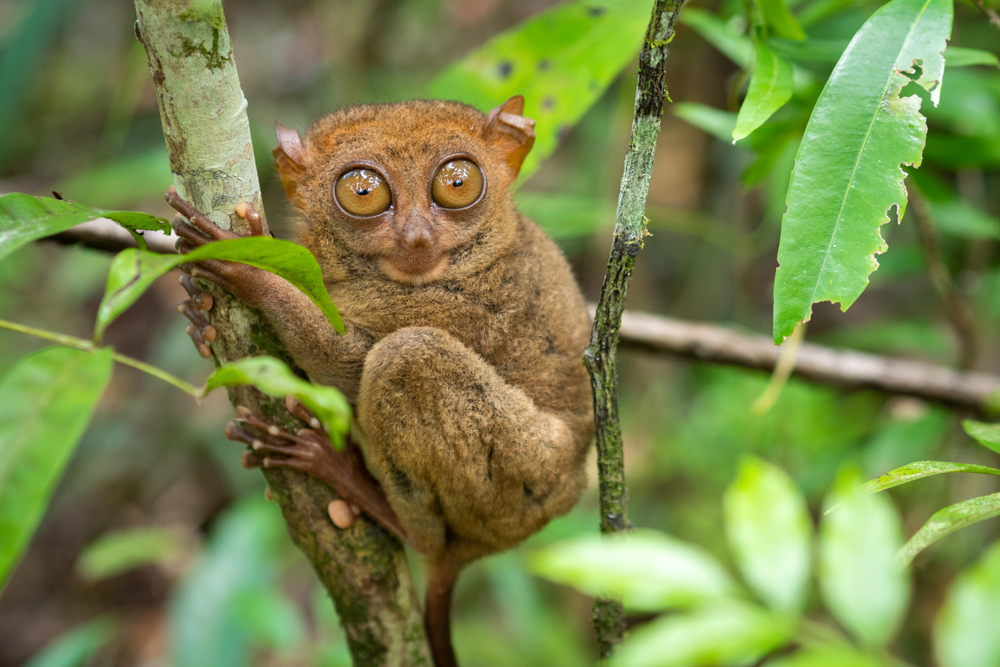
The tarsier, a diminutive primate, is the jungle’s answer to night-vision goggles. With eyes larger than its brain, this creature can spot prey in near-total darkness. Its oversized eyes, which cannot move in their sockets, are compensated by an ability to rotate its head a full 180 degrees in each direction. This nocturnal prowess allows the tarsier to effectively hunt insects and small vertebrates, making it a formidable nocturnal predator.
Living in the dense jungles of Southeast Asia, the tarsier has mastered the art of stealthy night raids. Its ability to detect minute movements in the dark is nothing short of extraordinary. By relying on acute sound and sight, the tarsier navigates its arboreal habitat with precision and agility. This uncanny adaptation underscores the evolutionary arms race in the jungle, where survival often hinges on who sees—or hears—whom first.
3. The Glass Frog’s Transparent Tactics
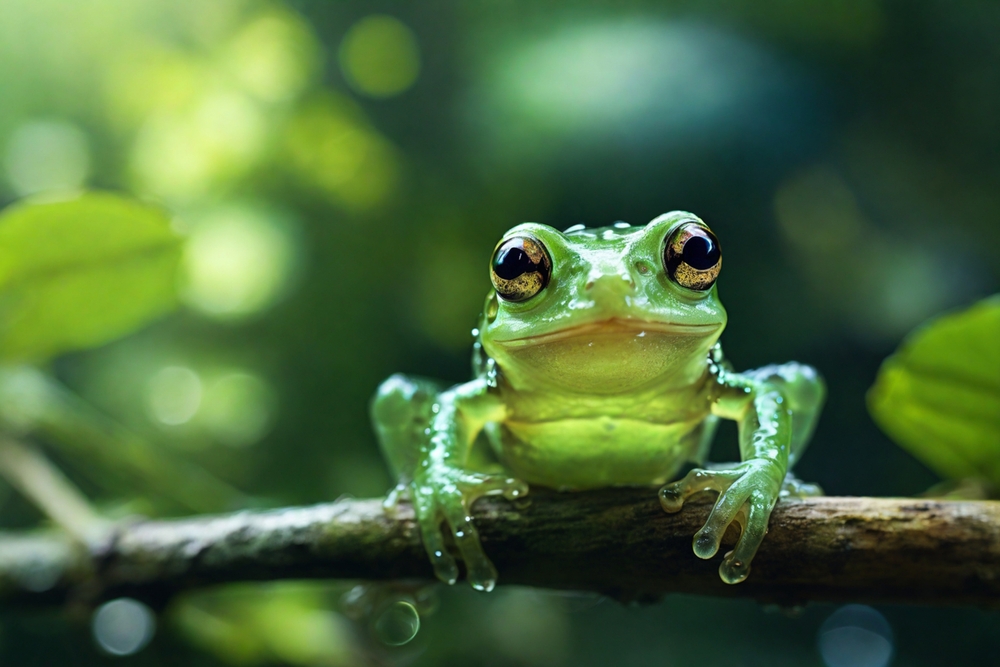
Glass frogs, found primarily in Central and South America, have a unique superpower: transparency. Their skin is so translucent that their internal organs are visible, a peculiar adaptation that serves as a form of camouflage. By seamlessly blending into the underside of leaves, these frogs evade predators, becoming nearly invisible to the untrained eye. This transparency not only provides effective concealment but also aids in thermoregulation and moisture conservation.
A study from the American Museum of Natural History highlights the evolutionary significance of the glass frog’s transparency. Researchers speculate that this adaptation evolved as a means of protection from avian predators, which rely heavily on sight to hunt. The study further suggests that the frog’s see-through skin might play a role in thermoregulation, allowing it to absorb or reflect sunlight efficiently. Such research sheds light on how evolutionary pressures shape the bizarre and wonderful adaptations we see in nature.
4. The Sloth’s Slow, Stealthy Survival Instinct
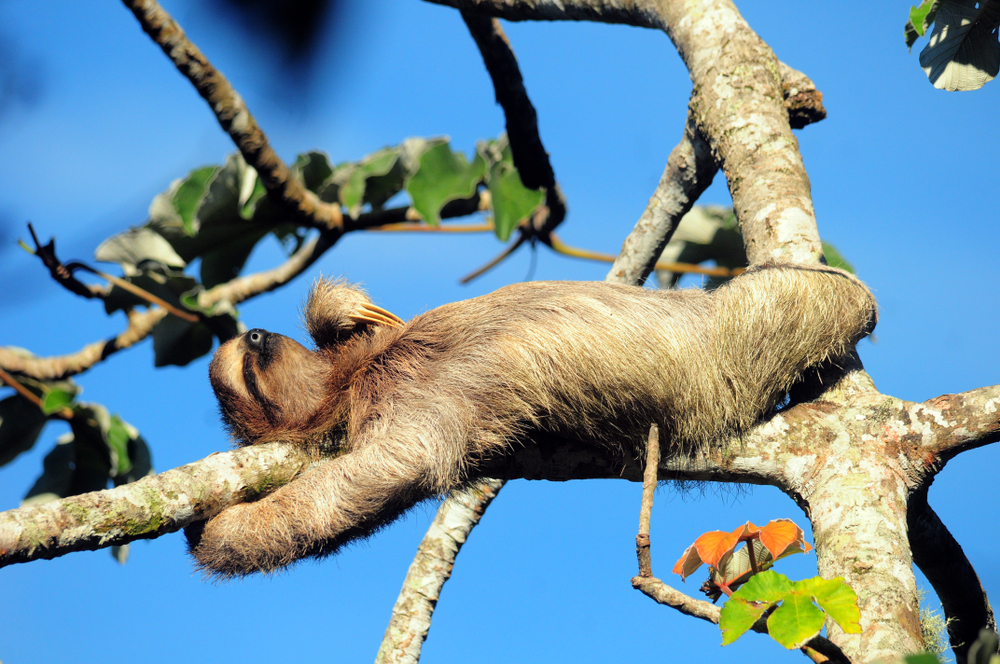
At first glance, the sloth’s sluggish movements seem like a liability in the predator-rich jungles of Central and South America. However, this deliberate pace is a masterstroke of evolutionary survival strategy. By moving slowly and carefully, sloths avoid detection by predators that are attuned to quick movements. Their fur, often covered in green algae, further aids in camouflage, blending seamlessly with the foliage.
Beyond being a mere tactic of evasion, the sloth’s slow lifestyle conserves valuable energy. In a habitat where resources can be scarce, minimizing exertion is vital. This energy-efficient approach allows sloths to survive on a low-calorie diet primarily composed of leaves. The sloth’s existence is a testament to the idea that sometimes, slow and steady truly does win the race.
5. The Leafcutter Ant’s Agricultural Acumen
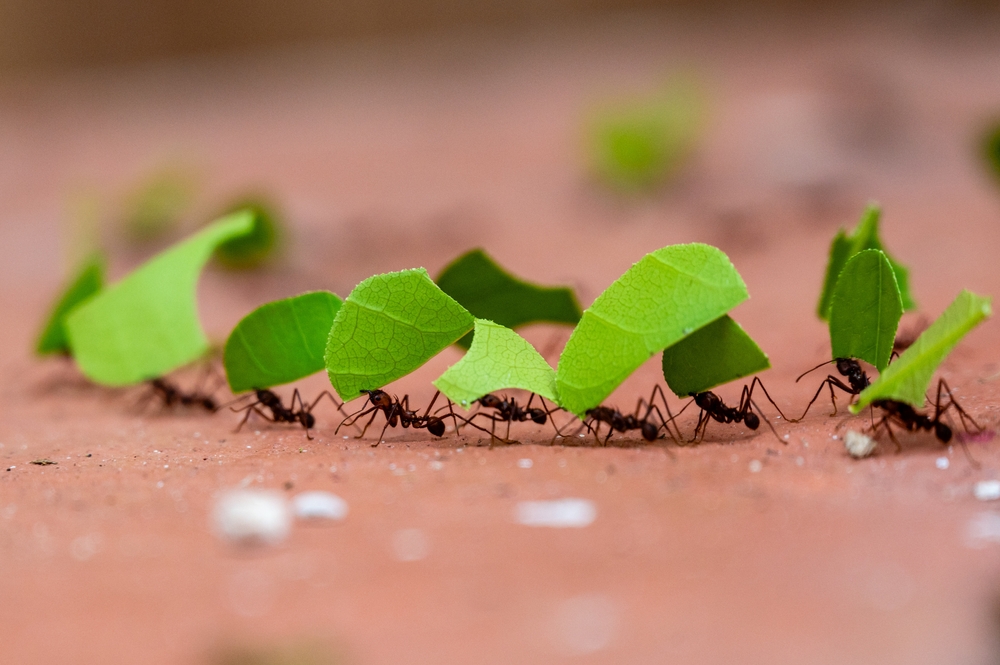
Leafcutter ants are the jungle’s answer to industrious farmers, showcasing an unparalleled level of social organization and agricultural expertise. These ants cut and carry pieces of leaves back to their nests, not for consumption, but to cultivate fungi, their primary food source. This symbiotic relationship is a marvel of natural engineering, enabling leafcutter ants to thrive in vast colonies. Their farming techniques have inspired biomimicry in human agricultural practices.
According to research published in *Trends in Ecology & Evolution*, leafcutter ants are among the few organisms that practice true agriculture. Their mutualistic relationship with fungi is not only a survival strategy but also an evolutionary success story. The study reveals that these ants have been practicing agriculture for millions of years, predating human farming by a significant margin. This ancient practice cements their status as one of the most successful insect groups in the jungle ecosystem.
6. The Chameleon’s Clever Disguise
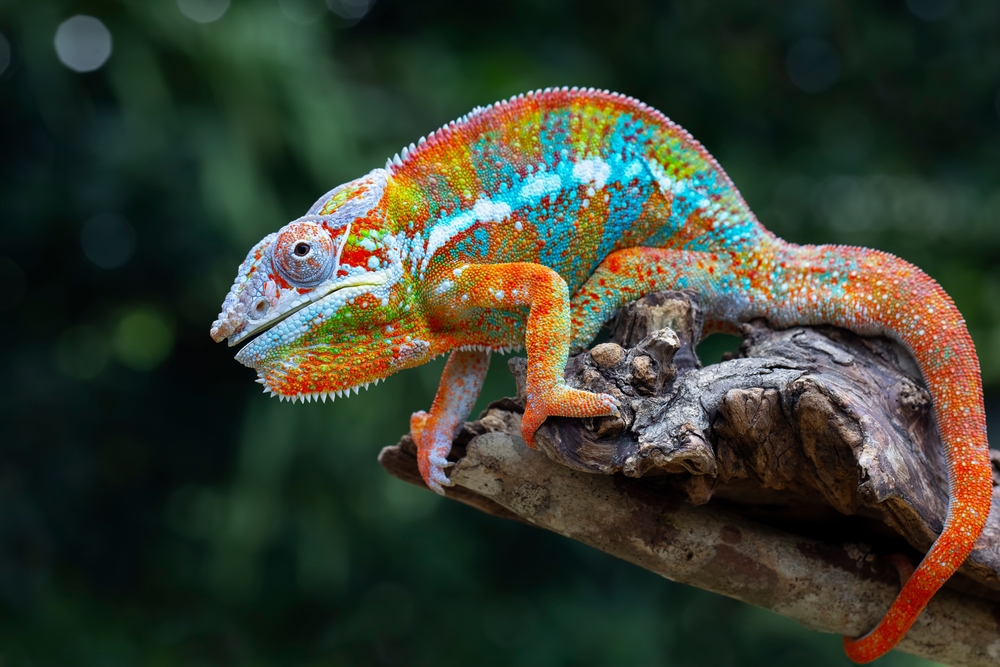
Chameleons, found in the jungle canopies of Madagascar and Africa, possess the remarkable ability to change skin color. This color shift, while often thought of primarily as a camouflage tactic, plays an essential role in communication and thermoregulation. By altering their skin pigmentation, chameleons convey information about their emotional state, territorial claims, and mating readiness. This vibrant language of color makes them one of the jungle’s most expressive creatures.
The chameleon’s color-changing ability is controlled by specialized cells called chromatophores, which expand and contract to alter pigmentation. This process allows for a versatile range of color displays, responding to environmental cues and internal states. While their color shifts are often subtle, they convey complex messages to other chameleons, reducing the need for aggressive encounters. This unique communication method underscores the intricate social dynamics within the chameleon world.
7. The Harpy Eagle’s Crushing Grip
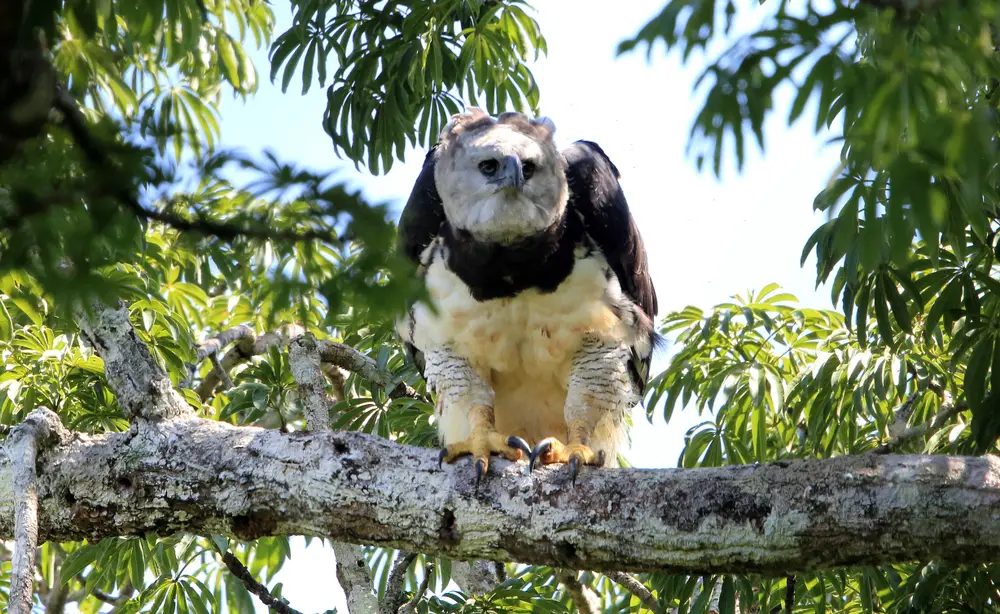
The harpy eagle, a formidable predator of the jungle canopy, wields a superpower worthy of legend: an unparalleled grip strength. Its talons, which can exert pressure comparable to a Rottweiler’s bite, enable it to snatch up prey as large as monkeys slothfully resting in the treetops. This lethal weapon is essential for survival in the dense rainforests of Central and South America, where it reigns as an apex predator. The harpy eagle’s hunting prowess is a testament to the jungle’s evolutionary arms race, where only the fittest survive.
Research from the Smithsonian National Zoo and Conservation Biology Institute reveals that the harpy eagle’s grip strength is among the strongest of any bird of prey. This power allows the eagle to maintain a firm hold on struggling prey, ensuring a successful hunt. Scientists have studied the biomechanics of these birds, aiming to understand the evolutionary pressures that shaped such formidable adaptations. The harpy eagle’s survival skills continue to captivate ornithologists and ecologists, offering insights into the complex dynamics of jungle ecosystems.
8. The Poison Dart Frog’s Toxic Arsenal
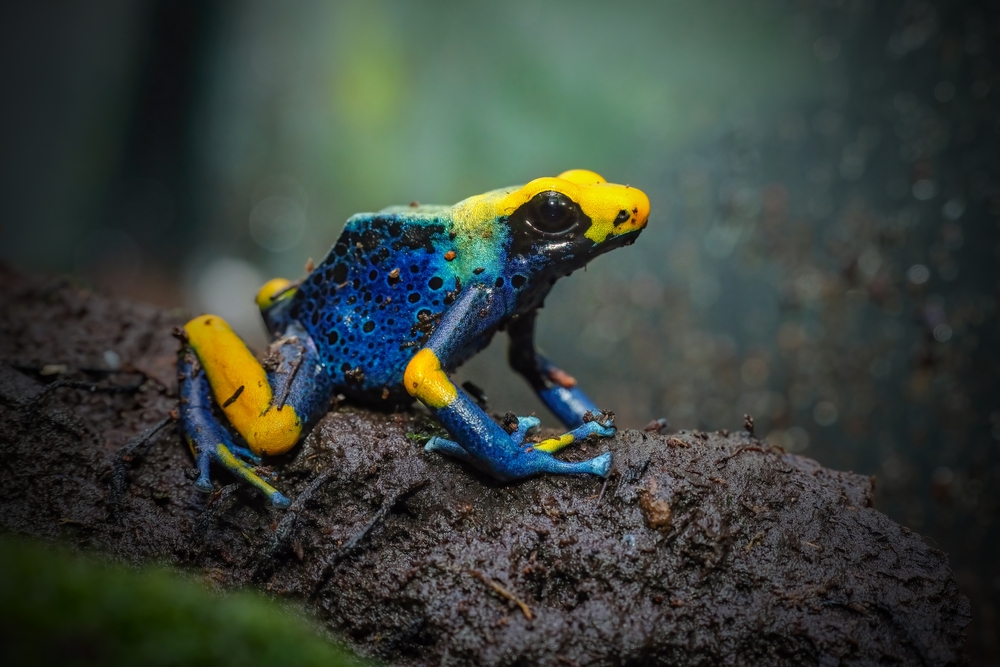
Poison dart frogs, native to the neotropical rainforests of Central and South America, are renowned for their vibrant hues and potent toxicity. Their skin secretes a cocktail of alkaloid toxins that serve as a powerful deterrent to predators. This chemical defense is so effective that indigenous people have historically used the frog’s poison to tip blow darts for hunting. The vivid warning colors of these amphibians signal their toxicity, a classic example of aposematic coloration.
The origin of the poison dart frog’s toxic arsenal lies in its diet, which consists of ants, mites, and other small invertebrates. These prey items contain alkaloids that the frogs sequester and elaborate into their skin toxins. Over time, this dietary specialization has enabled poison dart frogs to develop powerful chemical defenses. Their survival strategy is a reminder of the intricate interdependencies in jungle ecosystems, where even the smallest creatures can be lethal.
9. The Anaconda’s Constricting Embrace
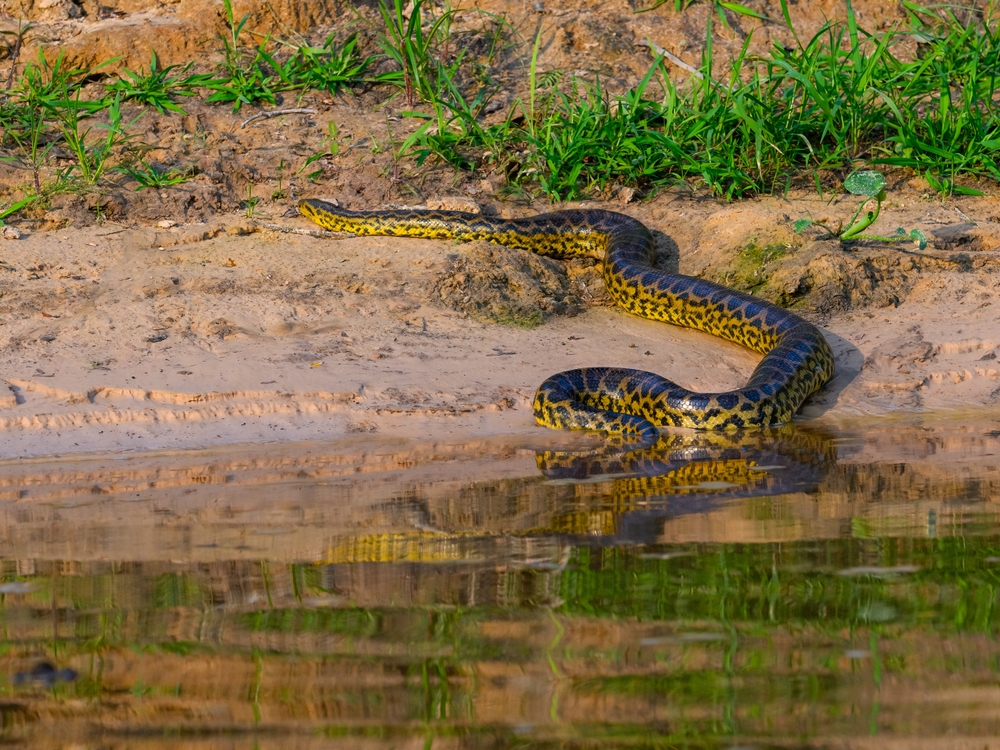
Anacondas, the heavyweight champions of the snake world, wield a constriction ability that is as formidable as it is efficient. Found in the swamps and rivers of the Amazon Basin, these imposing reptiles rely on sheer muscle power to subdue their prey. By coiling around their victims and applying pressure, anacondas cut off blood flow, leading to swift incapacitation. This method of subduing prey showcases the anaconda’s raw physical prowess and adaptation to a water-dominated environment.
Their constriction abilities enable anacondas to take down a diverse range of prey, from fish to caiman, and even small mammals. This adaptability is key to their survival in the varied ecosystems of the Amazon. Despite their fearsome reputation, anacondas play a crucial role in maintaining ecological balance by controlling prey populations. Their presence in the jungle illustrates the delicate interplay between predator and prey, a dance as old as the rainforest itself.
10. The Hercules Beetle’s Herculean Strength
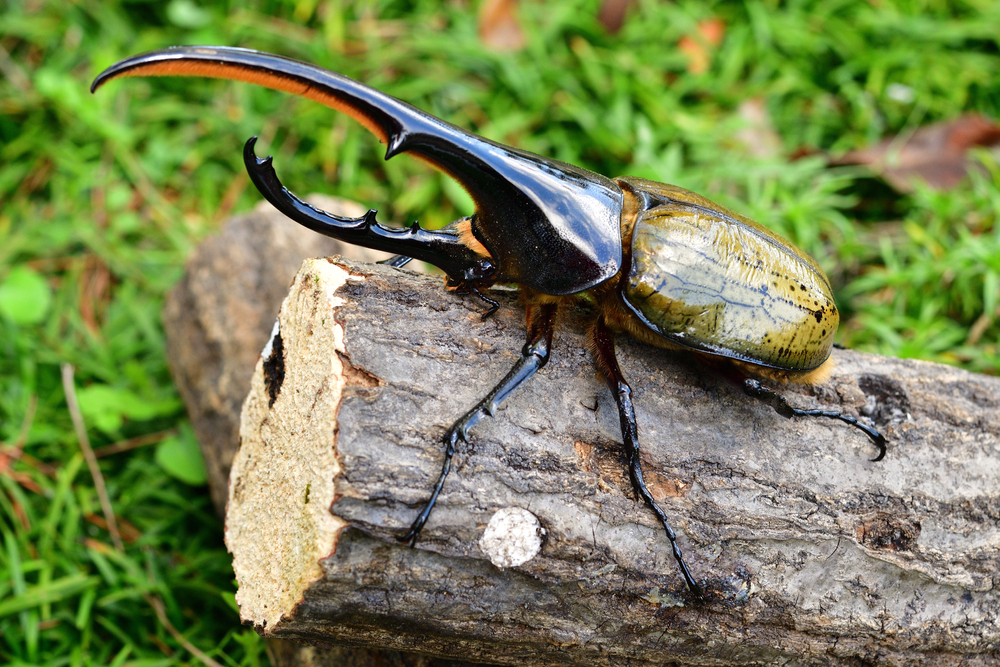
The Hercules beetle, a denizen of the tropical rainforests of Central and South America, lives up to its namesake with its extraordinary strength. This insect can lift objects 850 times its body weight, making it one of the strongest creatures relative to size. Male Hercules beetles sport impressive horns, which they use in combat to win mates. These battles, though intense, rarely result in injury, showcasing the beetle’s resilience and fortitude.
The beetle’s strength is attributed to its robust exoskeleton and powerful muscles, adapted for life in the dense jungle. Its ability to move heavy objects aids in foraging and navigating its environment. Despite its formidable appearance, the Hercules beetle is primarily a herbivore, feeding on decaying plant matter. This unique combination of strength and gentle diet reflects the diverse survival strategies found within the jungle.
11. The Lyrebird’s Sonic Mimicry
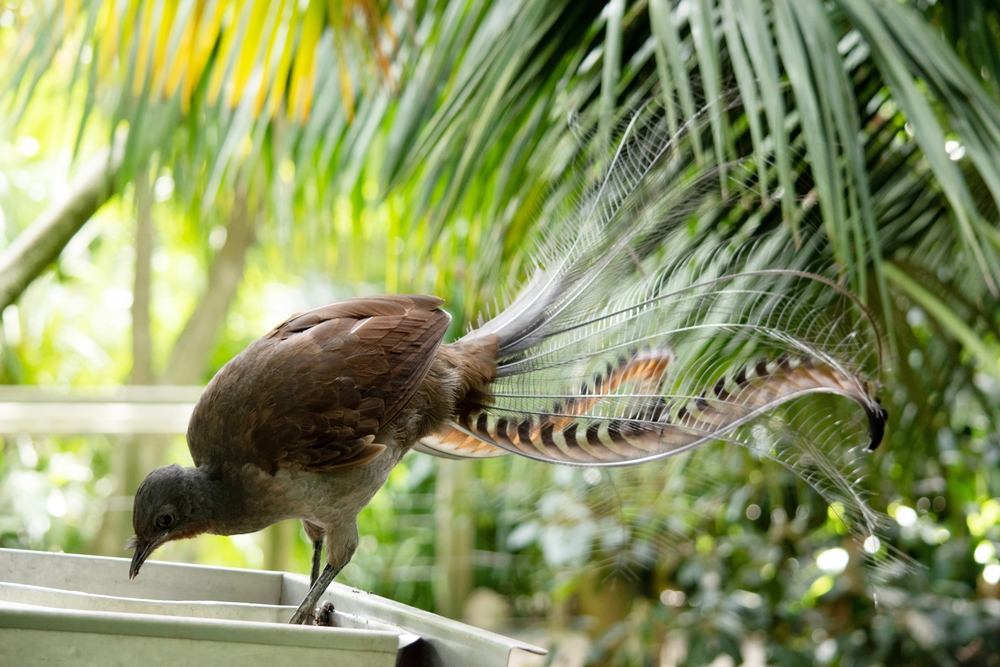
The lyrebird, native to the forests of Australia, might not dwell in traditional jungles, but its sonic superpower is worth mentioning. This avian marvel is the ultimate mimic, capable of imitating a vast array of natural and artificial sounds. From chainsaws to camera shutters, the lyrebird’s repertoire is unmatched in the animal kingdom. This vocal versatility serves as both a mating display and a defense mechanism.
During courtship, male lyrebirds use their mimicry to impress potential mates, showcasing not only their vocal skills but also their intelligence. This display is accompanied by elaborate dances, making the lyrebird a true performer. In terms of defense, mimicking predator sounds can deter potential threats, creating a safer environment for the lyrebird. The combination of mimicry and performance highlights the creativity and adaptability of this remarkable bird.
12. The Bullet Ant’s Painful Sting
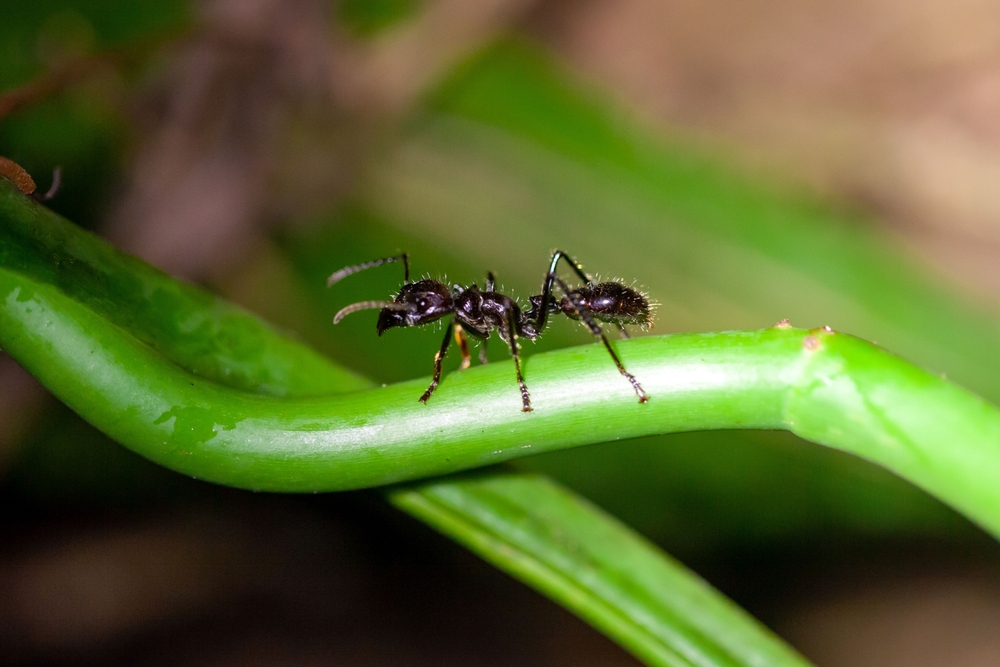
The bullet ant, named for its agonizing sting, resides in the tropical rainforests of Central and South America. Its sting is rated as one of the most painful experiences a human can endure, likened to being shot. This potent defense mechanism deters predators and rivals, making the bullet ant a formidable force within its ecosystem. Despite its fearsome reputation, the bullet ant plays a crucial role in maintaining the ecological balance.
The pain-inducing toxin, known as poneratoxin, affects the nervous system, resulting in intense pain and temporary paralysis. This adaptation is a testament to the fierce competition and survival pressures in the jungle. Interestingly, some indigenous tribes use bullet ant stings in initiation rites, showcasing their cultural significance. The bullet ant’s existence highlights the intricate connections between nature and human traditions in the jungle.
